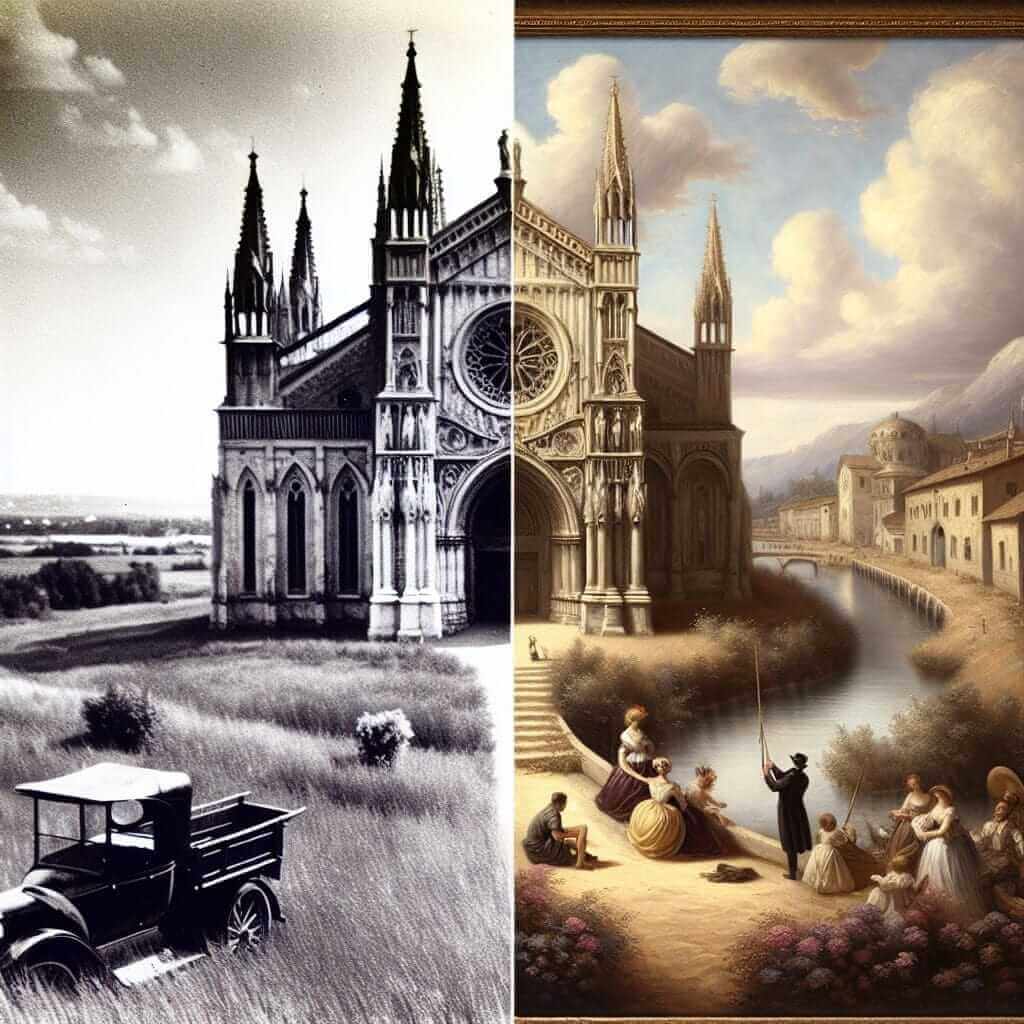Art and Its Subjectivity in IELTS Reading
As an IELTS instructor with over two decades of experience, I’ve observed a recurring theme in the reading section: the exploration of art and its interpretation. This isn’t surprising. Art, by its very nature, is subjective, sparking debate and challenging perspectives. A passage titled “Can We Call It Art?” or a similar theme is likely to delve into these complexities, testing your ability to understand different viewpoints, analyze arguments, and interpret evidence.
Decoding the Passage: Skills and Strategies
When faced with an IELTS reading passage about art, you’ll need to employ key reading comprehension skills:
1. Identifying the Main Idea:
Start by skimming the passage to grasp the central argument. Is it arguing for a specific definition of art? Is it challenging traditional notions of art? Identifying the main idea will provide a framework for understanding the rest of the passage.
2. Understanding Different Viewpoints:
These passages often present multiple perspectives on the definition of art or the value of certain art forms. Pay close attention to keywords and phrases that signal opinion and stance, such as “contends,” “argues,” “critiques,” or “supports.”
3. Analyzing Evidence and Examples:
Authors will use evidence and examples to support their claims. Your task is to identify these and understand how they relate to the overall argument. Look for facts, statistics, historical references, or anecdotes that strengthen the author’s points.
Mastering the Questions: Tips for Success
1. Vocabulary in Context:
Art-related passages often employ specialized vocabulary. Don’t panic if you encounter unfamiliar words. Use context clues from surrounding sentences to infer their meaning.
2. Recognizing Paraphrasing:
The questions and answer choices in the IELTS reading section often paraphrase the passage’s original wording. Be prepared to recognize the same ideas presented in different ways.
3. Time Management:
Allocate your time wisely. Don’t spend too long on a single question. If you’re struggling, move on and return to it later if time permits.

Example from IELTS Reading:
While I can’t reproduce copyrighted material, imagine a passage discussing the emergence of photography. It might explore questions like:
- Did photography’s ability to realistically capture images diminish the value of painting?
- Did early critics view photography as a true art form?
You might then encounter questions asking you to identify the writer’s opinion on photography’s artistic merit or match statements with the specific individuals or groups who hold those views.
Conclusion: Embrace the Challenge
Remember, the IELTS reading section assesses your ability to understand complex texts and extract relevant information. By honing your comprehension skills, expanding your vocabulary, and practicing regularly, you’ll be well-equipped to navigate any passage on art and interpretation. Good luck!